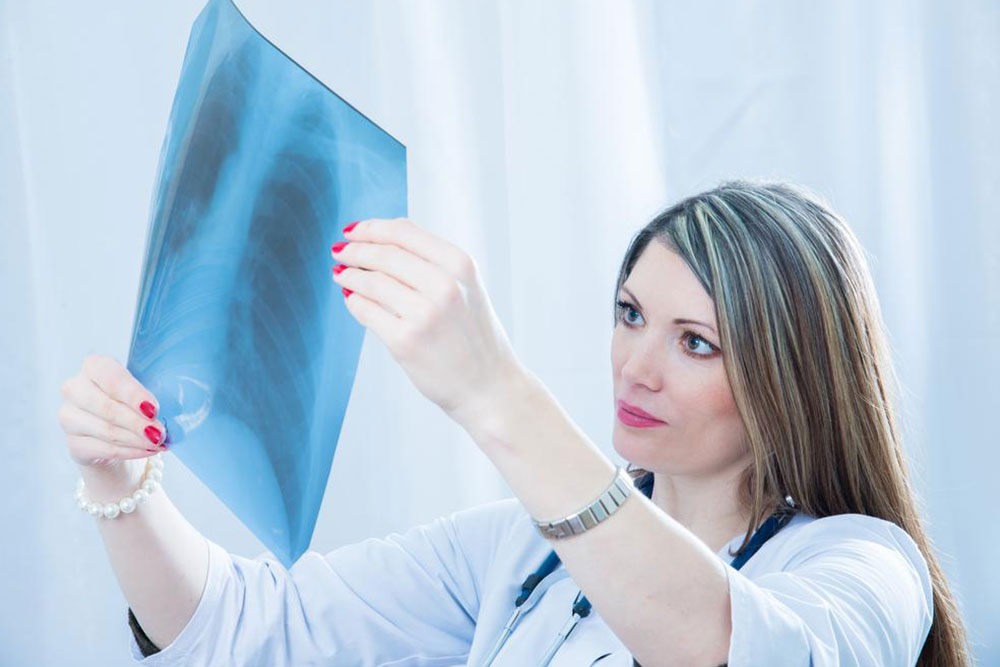Pneumonia – Causes, signs and treatments
Pneumonia is a bacterial infection that takes place in the lungs. Various symptoms of Pneumonia are visible and may even require immediate hospitalization so that the patient may be treated under intense and appropriate medical care. Yet, for many people, the condition may be treated at home if the bacteria have not progressed to a great degree at the time of diagnosis. The condition is known to clear within a few weeks, but it may give rise to complications for those who are already suffering from other diseases.
There are many causes of pneumonia. The top reason is exposure to very low temperatures.

• Causes of the bacterial infection: Pneumonia is a bacterial infection which is caused by the bacteria known as pneumonia. When we breathe in germs which enter our lungs, this bacteria gets activated. This happens during extremely low or cold temperatures when we do not have enough of protective layers of clothing on us. This leads us to start breathing from the mouth, which clears the way for germs to enter into the lungs. It may also happen when a person already has had a cold and flu.
• Implications: Pneumonia can leave your immunity in a bad condition and therefore, you will not be in the state to fight the onset of further infections. Also, for those who are already suffering from chronic diseases like diabetes, cancer, and heart disease, the condition may get worse. Further, patients who are suffering from such kind of chronic diseases are at a far greater risk of contracting the disease as their immunity is already at an all-time low.
• Symptoms: Pneumonia comes with a number of symptoms. One of the earliest signs of the infection is a persistent, racking cough. Also, the patient will experience chills and accelerated heartbeat. Nausea, vomiting as well as loose motions will be experienced by the patient. The patient will also feel a lot of fatigue. Chest pain is also another common symptom that comes along with the coughing.
• Diagnosis: The diagnosis will be conducted with the help of an X-Ray and other tests like complete blood count or CBC. The mucus from the lungs may also be extracted and tested in order to determine the existence of the disease.
• Treatment: There are many measures that will be taken in order to treat the infection. To begin with, the doctor will prescribe antibiotics that must be taken regularly. Also, it is imperative that one should not stop taking them but finish the full course. Not completing the course of antibiotics may lead to a relapse of the condition. Further, the patient will need to take complete rest and get lots of sleep so that the body’s energy may get replenished. Also, a proper diet with plenty of hot liquids is be prescribed for the patient.

